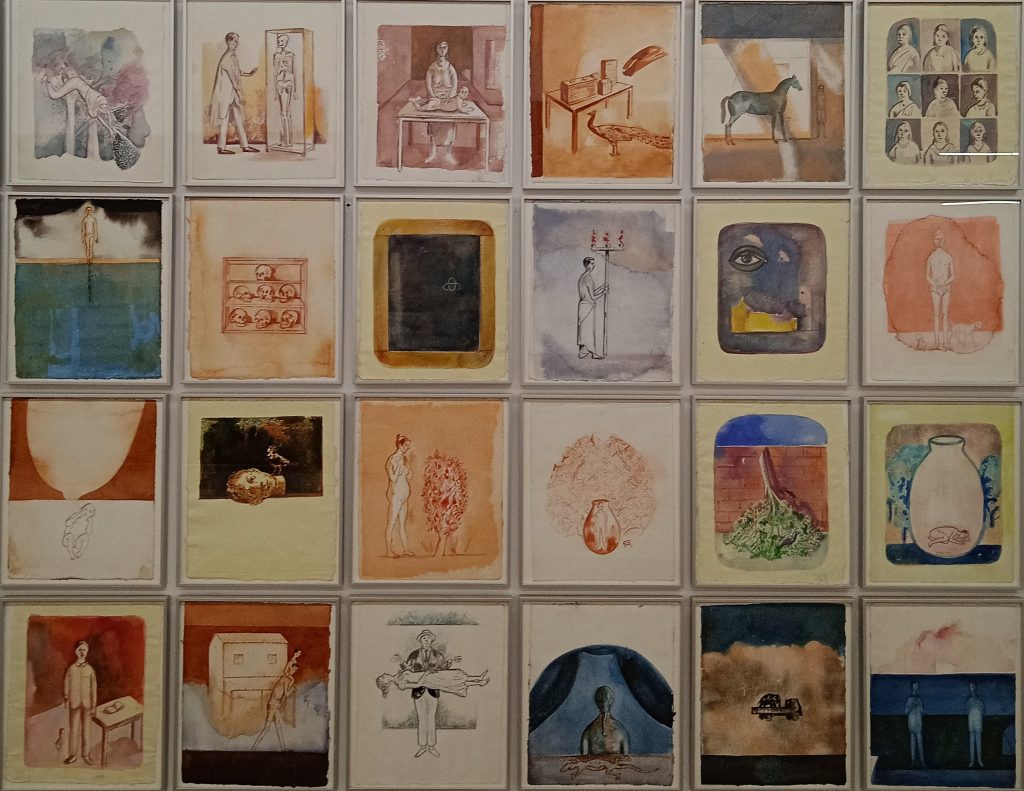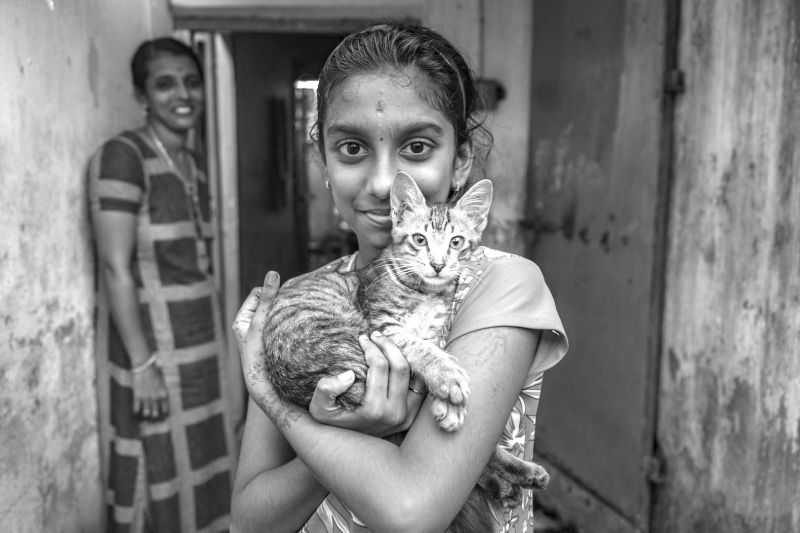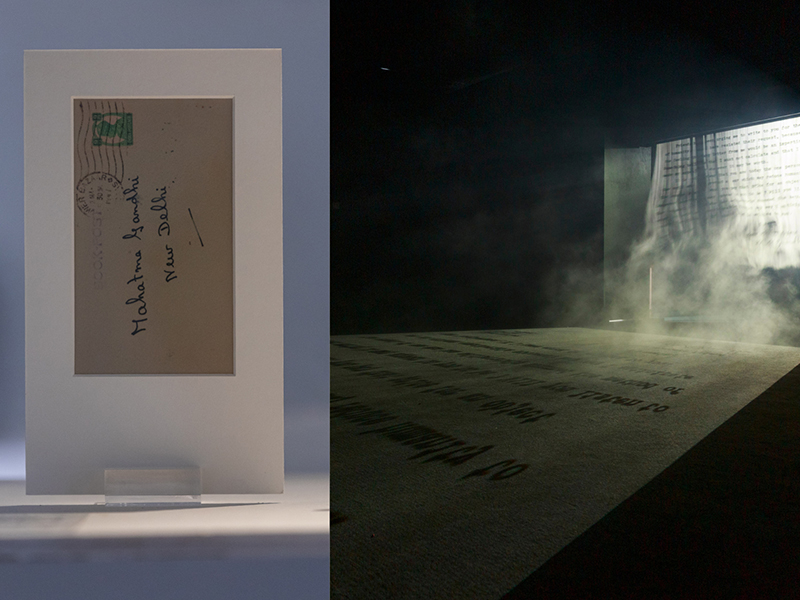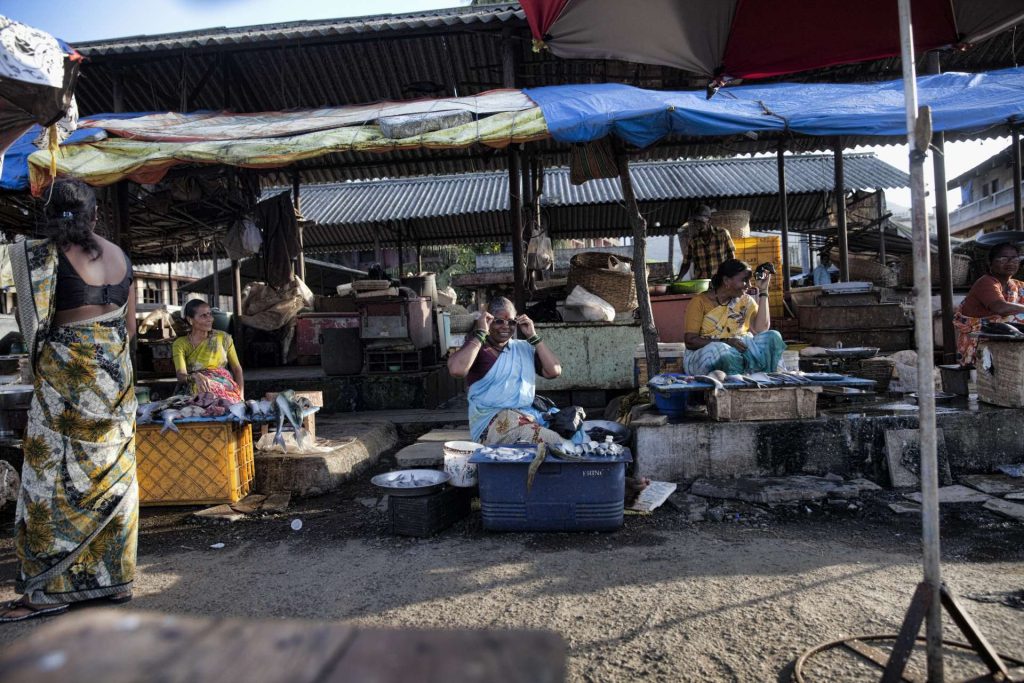Krispin Joseph PX
How do you spend your time during the Pandemic? Reading, writing, watching, practising art, music, dancing, learning something, or doing some cooking? What do you think about yourself and the world? Where did you reach, and did you find out anything interesting? What do you think about art practice in pandemic situations? Who brought this Pandemic, and how we managed it?
The Pandemic brought many things, and we experienced social distance and the ‘Fear’ of being together. World coined a new term, social distancing, the opposite of being together. We are not together anymore. You can understand the situation quickly if you read Albert Camu’s ‘Plague’. The Pandemic’s condition gives the most fearful days of Fear of an invisible virus and the people who carry the virus. We don’t know who is holding the virus; we can’t manage the Fear of laughing and coughing.
I’m writing about the Pandemic and the Fear because the renowned Indian Artist Vasudevan Akkitham’s works in Kochi Muziris Biennale brings about the Pandemic situations and the daily life of the artist. Vasudevan Akkitham spends his time in art practice with his small canvas.
Artists’ life becomes more artistic and performative in art practice during the pandemic. Akkitham Vasudevan’s art practice brings a visual diary regarding the days of the pandemic, one painting for remembering the day: one day becomes a painting, a total of 365 paintings for 365 days. The artist ends this project in a cinematic style, giving the end plate.
Is 2020-21 a lost year for humanity? Artists mentioned a lost year for many reasons. How can we remember these days without any gatherings and togetherness? We are humans, and our nature comes together and does things together. And in that sense, we lost those days when we didn’t do anything.
Like a diary entry or an exercise, Akkitham would paint a thought or an image that crossed his mind each day and in a single sitting. “Painting becomes a means to reflect on the outside world he suddenly had no access to, a place where views, visions, dreams, and news converged and produced new realities and fiction” he writes in the concept note. If we go through the visual diary of the artist, then we understand what is happening around the world and how that constructed our worldview.
The visual diary is connected thoughts of visual memories. I look into this visual diary more closely to understand the artistic practice and social life of the ‘being’. The visual diary starts from the point of interaction and ends on an endnote. The artist should have mentioned dates or other details to pick the time frame.
A visual diary started from a table on top of the lamp, a dull colour composition of the day. A symbolic narration of isolation is dressed up here, and the artist
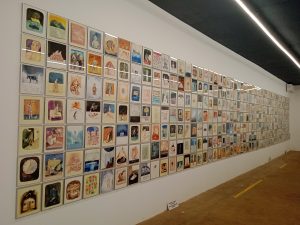
starts to draw his and our life. In this image, the artist brings the ‘objects’ isolation and the expression of life. Images from the beginning layers narrate a man with a rose and animals in loneliness. Isolation of the body and mind is reflected in this visual diary. Every image carries an inner- lifelessness. The objects often come to the visual field of artistic practices. People and space are also in isolation; two hands are not holding together—calendric imagery of an ironical life.
Isolated space looks into us for a company, and the artist gives life to that space as a company. A man standing on a mountainside railway line, a woman with a clarinet, men and a crow, figures in the starry night, two people on both sides of the wall trying to communicate with each other, an elephant attacking a man, a bird flying from a man lying down are part of the visual diary. These compositions show the artist’s thought process during the pandemic.
The theme of these drawings is ‘Fear’. During the pandemic, most of us are in Fear and anxiety because we don’t know what is going on in our life. We are in a room, locked from the outside, and no one is with us to manage communication. That room is our life; one window is the only access point to the outside world. Artists see only things the whole of humanity sees in the pandemic.
The element of Fear is engaging in this project, and I take the reader into another part of Kochi Muziris Biennale, ‘How to reappear: through the quivering leaves of independent publishing’, conveys some unique art display concepts. In this show, the curators, Egyptian visual artist Maha Maamoun and Amman-based artist and researcher Ala Younis, get this show to Biennale under the roof of ‘Kayfa ta’, a publishing initiative that uses the popular form of how-to manually respond to some of today’s sensed necessities. In this show, Raqs Media Collective brings Sarai Reader into this show. Sarai Reader is an issue of media that brought academics and practitioners into a new dialogue of collaborations and interactions. In the Sarai reader, one work is related to ‘Fear’ that ideally connects human Fear and Akkitham’s results.
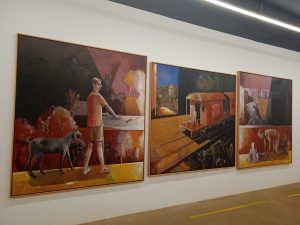
How can we call this time a post-human or post-truth time, or any other terminology available to address this time? We are leftovers of modernity and experience what it brings into this world. Art history has a layer of modernity in materials, style, and form. Fear is the under weaving element of modernity. Modernity never stands the promise they made in Fear’s case: ‘freedom from the Fear’. The pandemic brings this thing to the discussion table. Modernity never lets us escape from Fear, and the Fear of epidemics, urban panic, the homeless multitude, and criminal activity.
We didn’t trust anything; weather, air and water we drink are good or bad. We are always in the struggle to select these things. When I went through Akkitham Vasudevan’s works, I felt the same. We are in Fear, and we go through the most challenging situations. Fear is everywhere; our homes, streets, relationships, and communications are filled with Fear; we look into this world with fearful eyes. That is reflected in this painting.
Fear is a culture, and what makes Fear is created and constructed by the political or power structure. We are just weak creatures fighting with powerful institutions, and we confront our weaknesses. When we encounter pandemic, we may realise the power of a virus or the state. Is the virus or the state more powerful? The virus is the only medium that gives the ‘State’ so much power and authority to manage and control everybody. When we go through Akkitham’s works, we feel the power and the weakness.
In this Akkitham’s visual diary, the power of the state and the weakness of the citizen is visible. The artist encounters the violence of the state in his innermost actualities that haunts him daily or periodically. We can’t escape, which is being haunted in his visual diary: artists and the audience living in the same plateaus of horrible stories. Political manipulation is, at the same time, haunting and evaporating into the people’s memory, and that thing is remembered through the work of art. Some theoreticians claim there are three categories of Fear: physical, body and mind. I feel these three layers of Fear in his daily visual diary.
The pandemic created an invisible virus. That virus creates the Virus of Fear, which is also invisible and discernible through state-produced materials, as a power
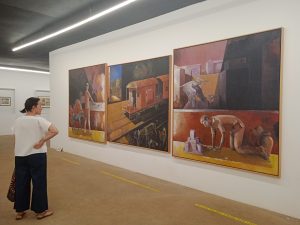
and weak duality. Absences, both apparent and absurd, populate the world Akkitham records. A crow sits on a broken branch, a man on a ladder fixes a chandelier, and a candle burns on a table with no people and no chairs. In these tender, mystical watercolours, Akkitham combines the social and political world with a profoundly personal autobiographical impulse. There is no way to differentiate the past from the present. Spread across a wall, they offer new connections and meanings across times and conditions, written in the concept note.
The second layer of the work is named ‘the distance’, a three-segmented work of art: a departure, a journey and an arrival. This journey is the journey of a young boy who departed from a village to a city. Artist narrated the story of a young boy in this painting, an autobiographical visual travelogue to his life that brings him into a town from a village.
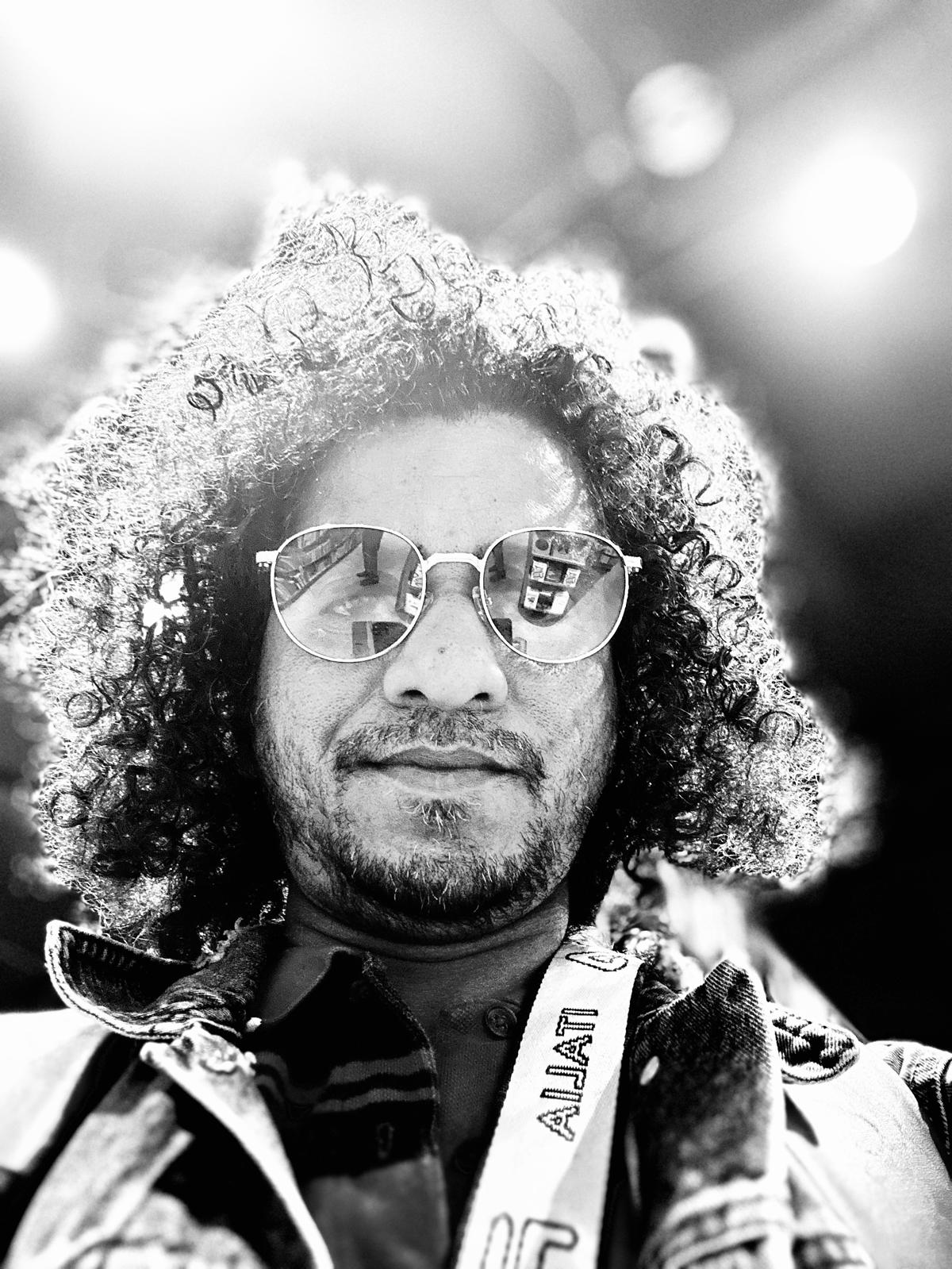
Krispin Joseph PX, a poet and journalist, completed an MFA in art history and visual studies at the University of Hyderabad and an MA in sociology and cultural anthropology from the Central European University, Vienna.

